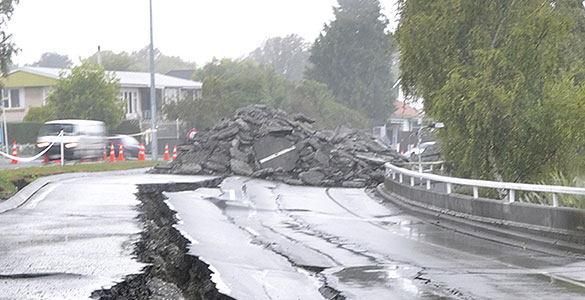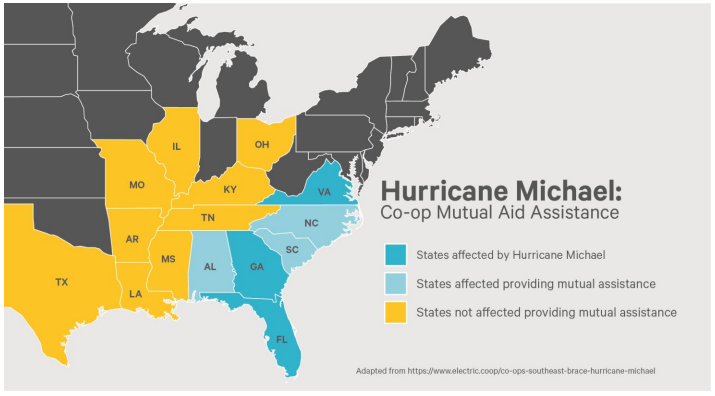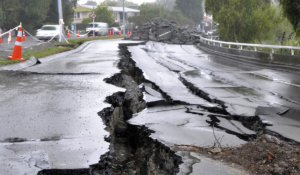When disaster strikes, you will find first responders willing and ready to serve. Firefighters, utility workers, police officers, rescue crews, EMS and many others put their lives on the line to protect and provide for their own communities. In this article we cover the need for resilient people and mission critical communications systems in times of disaster.
 Tough Calls : White Paper
Tough Calls : White Paper
This blog is an extract from the White Paper, ‘Tough Calls’ targeting the roles and responsibilities of first responders and comms operators in the face of disaster.
Download the Full Whitepaper Here
Every day, disasters threaten lives, homes, and property around the world. 59,000 wildfires swept across the U.S in 2021, burning over 7.1 million acres (28,732 square kilometers), and Hurricane Michael causing 25.1 billion dollars worth of infrastructural damage. In the background, there are teams of workers supporting, directing, feeding, managing and communicating during disastrous times like these.
Dedicated Workers, Dedicated Employers
In the aftermath of Hurricane Florence, over 40,000 utility workers were mobilized. Many of these people’s own homes were flooded, their loved ones evacuated or in shelters. Yet they were tasked with eliminating live wire danger, ensuring power to critical infrastructure was restored as quickly as possible.
This kind of response demands extreme dedication. Knowing that their communities needed power restored and went to work regardless of unpleasant of treacherous conditions.
“Crews in the field worked 16 hours a day” – Gay Johnson, Four County Electric Membership Corp.
Giving – And Receiving – Mutual Aid
Some events are so large that local first responders are overwhelmed and need reinforcements to effectively respond to a disaster. Often this is between neighboring counties, but it can also occur on a global level.
When the city of Christchurch, New Zealand was struck by an earthquake, almost 700 rescue workers came from all over the world to search for, and rescue survivors. Urban search teams from the UK, US, Japan, Singapore, and Taiwan arrived within hours to assist.
While some arrived with their own communications, other equipment critical to the rescue effort was made available on the ground. With the beleaguered city the headquarters for Tait International Ltd, local Tait technicians worked round the clock setting up, training and supporting crews as they arrived. For many, it provided valuable first-hand experience of what Tait customers face.
In response to Hurricane Michael, neighboring states in the US offered assistance, even ones also affected by the storm:

Disaster-Ready Communications
Storms and other disaster have a nasty habit of knocking out power, and very often, public communications networks go with it. In a major disaster, telephone systems (especially cell phone systems) frequently fail. As wildfires raged across California, mobile phones went silent as towers and lines succumbed to the flames, leaving citizens unable to receive automated warnings or call 911 for help.
“We had to drive through neighborhoods with sirens and public address systems to alert residents and visitors” – David Katz, Malibu Search and Rescue Team
A consistent theme echoes throughout most, if not all disaster scenarios is without communication, we’re alone and isolated; effective communication ensures we’re able to help and support others when they need it most. Check these 10 tips to make sure your communications are disaster-hardened.
- In a major disaster, you cannot rely on public cellular systems which are frequently overloaded, or fail entirely.
- Disaster planning must limit access to critical users only. You will not have enough channels in extreme situation.
- Identify, protect and prioritize critical user groups in advance, and build them into your talk-group structure.
- Define you interoperability needs – who needs to talk to whom?
- When will you use encryption? Can you communicate effectively with all the necessary agencies and groups?
- Consider investing in transportable repeater systems that can be rapidly deployed.
- Train and practice your communications in simulated emergencies at least annually.
- Plan for a scenario in which your computer systems are not available. Ensure all your procedures are thoroughly documented in electronic and hard copy formats, east to follow and easy to find by everyone who might need them.
- You will lose power to your system – plan for it with dual redundancy (AC then battery then generator)
- Eliminate single points of failure at the system design stage. Invest enough to stay on air through critical events, ensuring power to sites throughout.
 Learn more about Tougher LMR Systems: 10 Ways to Protect and Strengthen your LMR system.
Learn more about Tougher LMR Systems: 10 Ways to Protect and Strengthen your LMR system.
Explore Tait’s industry-specific expertise and valuable knowledge with our free to download White Papers.




